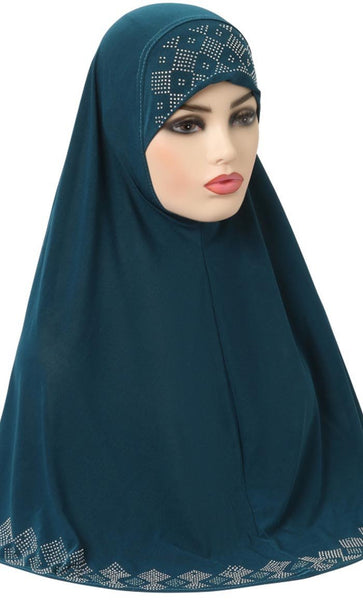Since the Islamic veil became popularized in the early 2000s, there has been much discussion and debate surrounding its artistic and cultural implications. Some see it as a symbol of empowerment and self-expression, while others view it as a tool of oppression used to control women.
There is no right or wrong answer when it comes to wearing a hijab, but the impact it has on individuals depends on their personal beliefs and experiences. Since the Islamic hijab originated in seventh-century Arabia, its aesthetic and cultural implications have been the subject of much debate and discussion.
While some argue that wearing a hijab is a sign of female oppression and submission to male domination, others maintain that it is an empowering symbol of self-respect and liberation. Regardless of one’s opinion on the matter, there can be no doubt that the hijab has had a significant impact on art history, fashion design, and everyday life throughout the Muslim world.
Wearing a hijab, or any other head covering for that matter, can be an act of defiance against social norms and can have artistic and cultural implications. Some Muslim women choose to wear hijabs as a symbol of their faith, while others do so for political or social reasons.
There is no one right way to wear a hijab, and there are many interpretations across cultures. Ultimately, the choice to wear a hijab is up to each individual woman.


No comments:
Post a Comment